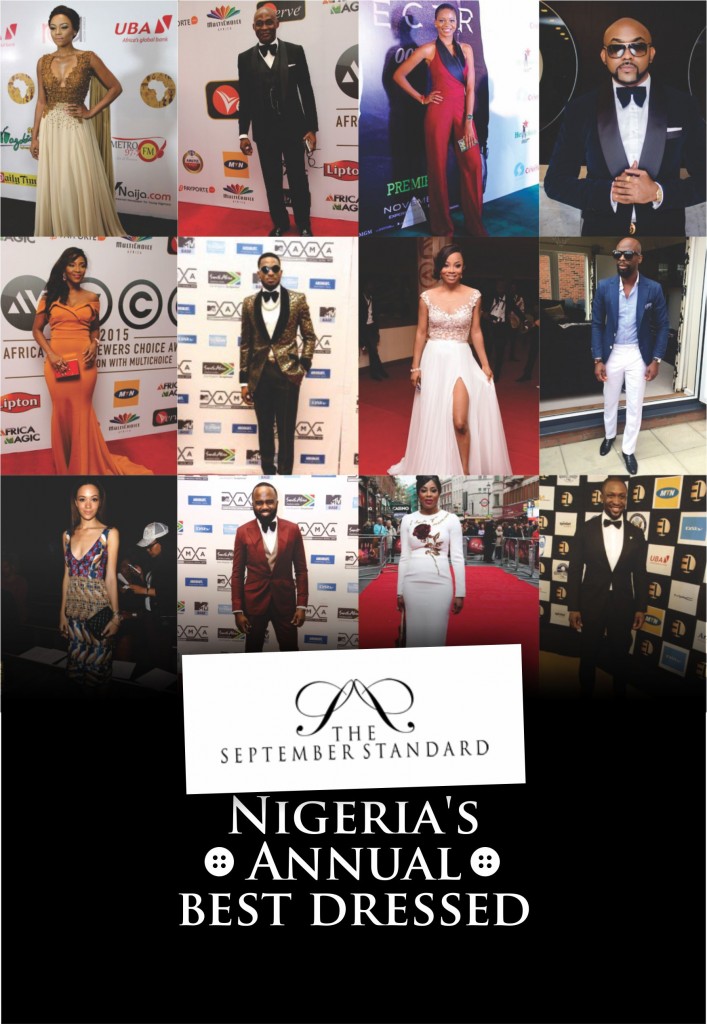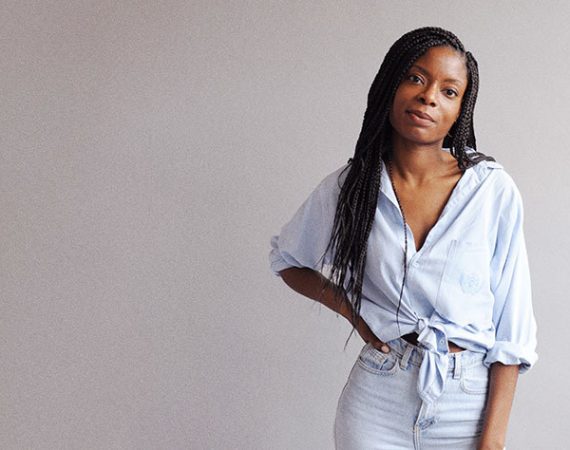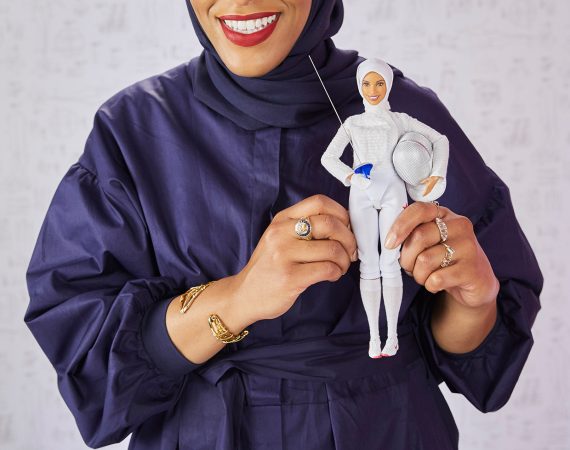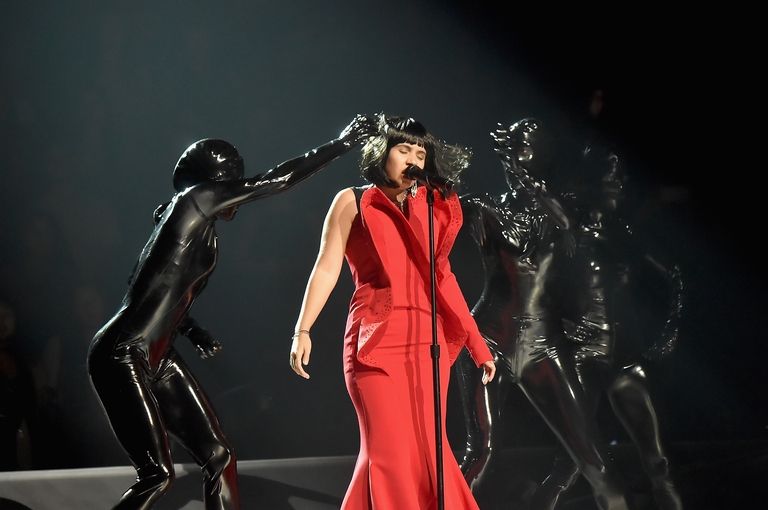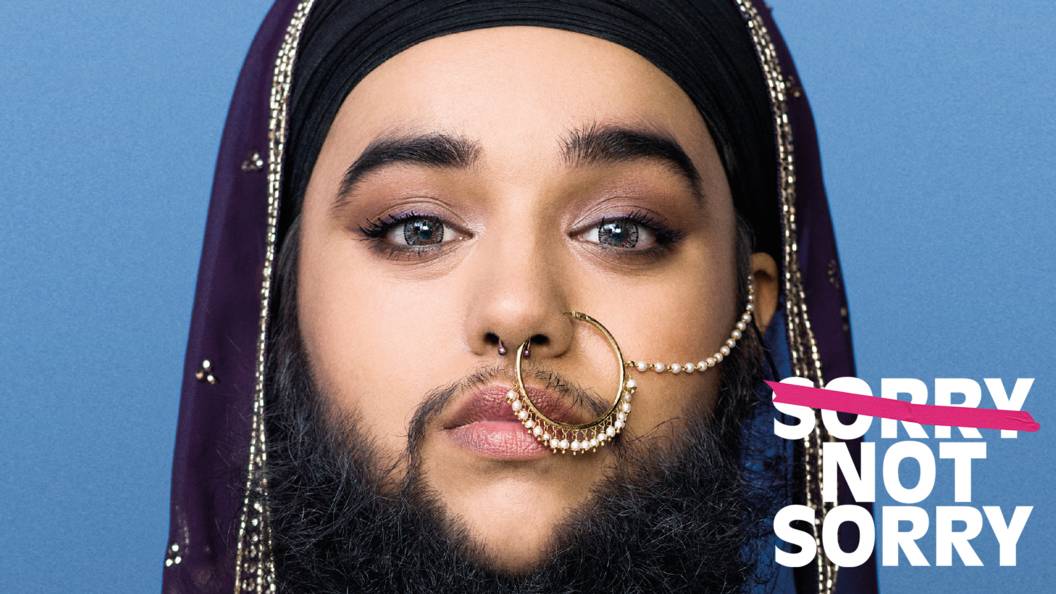Every year, the world turns to Pitti Uomo, arguably the foremost menswear trade show to predict the menswear trends that will dominate the coming fashion season. In the last few years, the most interesting part of Pitti Uomo for us at The Other Style has been Generation Africa.
Generation Africa is one of the ways the International Trade Centre (a collaboration between the United Nations and the World Trade Centre) tries to encourage ethical fashion, especially in African countries. It is by definition a separate showcase from all the other trade events happening at Pitti Uomo and for good reason too. One of the problems African designers based in Africa face when they manage to score invitations to one of the international fashion weeks is that they are usually relegated to second or third rate venues or time slots that put them in direct contention with much bigger brands. This means the influencers (magazine editors and fashion buyers) with whom they are trying to connect rarely get to see them.
Generation Africa circumvents that by giving the participating designers a premium time slot, taking the hassle of inviting the right audience off the designers hands. For menswear designers who are already marginalized internationally, a shot at the right retail market does not get bigger than this.
This year’s showcase featured four designers; two of Nigerian descent and two South African brands; Wale Oyejide’s Ikire Jones and Gozi Ochnogor’s U-Mi-1, South Africa’s AKJP designed by Keith Henning and Jody Paulsen and the eponymous label Lukhanyo Mdingi x Nicholas Coutts. This is already being considered by many fashion insiders as the strongest contingent to show under the Generation Africa Label.

But this year’s showing was also special because three asylum seekers made their runway debuts at the showcase. The three refugees were trained by Lai-Momo a cross cultural exchange programme set up in Italy to reduce stereotypes and misconceptions on either side of the Pacific. This directly tied into themes for all the four collections-migration. All four designers were inspired by the vagaries of migration and the attendant discussions of identity that forced migration brings.
A small but appreciated effort in the right direction. Watch the video below.

